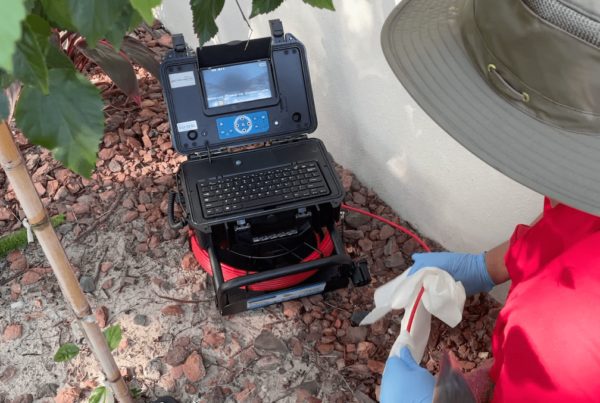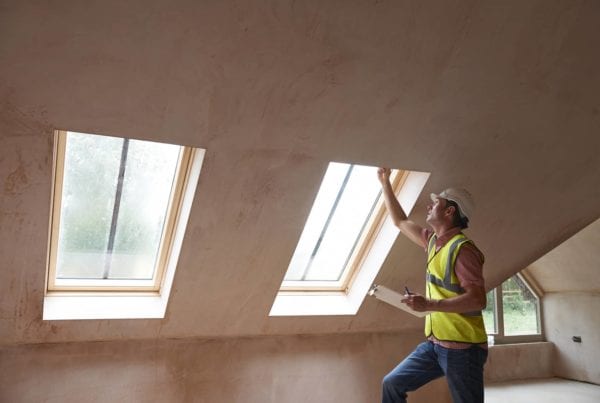
What is it?
Asbestos is a naturally occurring mineral from rock and soil. Often times, when building construction is made, rock and soil is needed to collect particular materials. During this time, it is collected with the materials and never separated.
This mineral was typically used in building construction from 1930-1950.
You can read more about Asbestos from the EPA.
What are the Health Effects of Asbestos?
Asbestos can lead to lung cancer and other diseases (typically related to the respiratory system). When asbestos fibers are disturbed and released into the air, the small fibers can make their way into a human’s lungs.
Once the fibers are in a human’s lungs, the fibers can potentially block blood flow to cells. This can lead to a multitude of diseases.
It is important to note, this is only when the fibers are disturbed that fibers are released into the air. Many homes have building materials made out of asbestos, but the construction pieces have not been touched.
There is no known length of time of exposure that can lead to health effects. It is best practice to never be exposed at all.

Where is it Found?
The fiber is found in many building materials:
- Attic and wall insulation containing vermiculite.
- Vinyl floor tiles.
- Roofing shingles
- House siding.
- Textured paint and patching compounds.
- Some walls and floors around wood-burning stoves protected with paper, millboard, or cement sheets.
- Some hot water and steam pipes coated with material or covered with an blanket or tape.
- Some oil and coal furnaces and door gaskets with insulation.
The mineral was typically used in some type of insulation if not in paint, tiles, or siding/shingles.
Vermiculite
Vermiculite is the popular attic insulation that contains parts of asbestos. This is one of the most common building material that contains asbestos.

If you believe your home contains vermiculite insulation the EPA recommends you:
- Leave vermiculite insulation undisturbed in your attic or in your walls.
- Do not store boxes or other items in your attic if it contains vermiculite insulation.
- Do not allow children to play in an attic with vermiculite insulation.
- Do not attempt to remove the insulation yourself.
- Hire a professional asbestos contractor if you plan to remodel or conduct renovations that would disturb the vermiculite in your attic or walls to make sure the material is safely handled and/or removed.
How to Test
You can test for asbestos yourself using online resources like Amazon. See a testing kit here. Remember, safety is of upmost importance. Before testing, you should wear the proper personal protection equipment (PPE). This includes but is not limited to:
- Goggles
- Mask/Respirator Mask
- Gloves
- Disposable Suit
Once asbestos is disturbed, it can be released into the air, so be sure you are doing your best to not disturb the fibers while collecting your sample.
Hiring a Professional
Typically, the testing kits include a way to collect a sample and then send the sample into a lab for testing. You can also hire a professional contractor or licensed home inspector to sample and send the material to a lab.
A professional contractor or licensed home inspector might be able to provide helpful insight into containment, remediation, or even if there needs to be a worry.
How to Remove Asbestos
All asbestos removal should be completed by a qualified contractor.
Removal costs depend on the size of removal and location/type. Typically, you can expect to payout hundreds to a couple thousand depending on severity.

Should You Remove Asbestos?
There is some debate about whether you should remove asbestos materials or not. If the material is left and undisturbed, homeowners should be just fine. Therefore, it might be best to simply tile over asbestos tile, or paint over certain asbestos items.
If your home inspector found asbestos, talk with your Realtor and home inspector about next steps.
Buying an old home? Check out our old home issues timeline.
Have more questions? Comment below!



